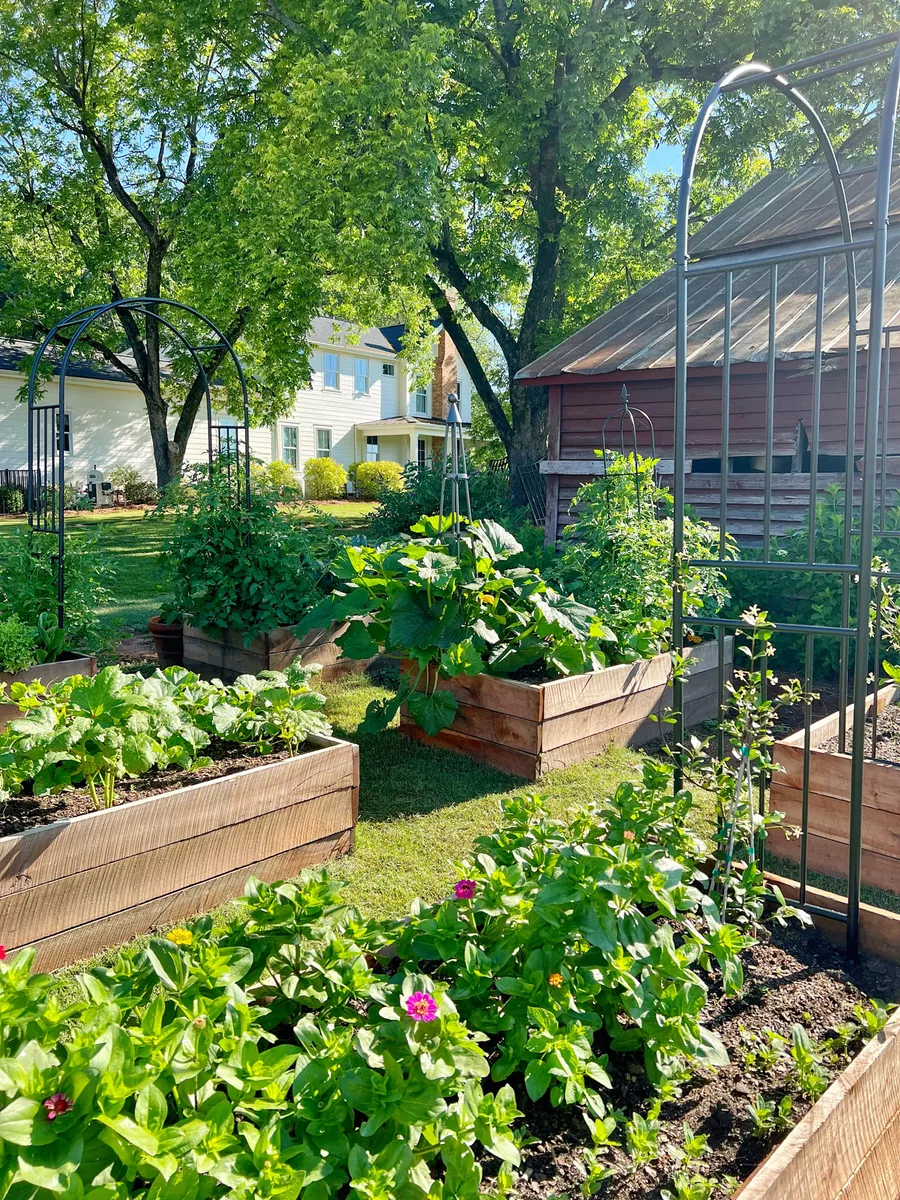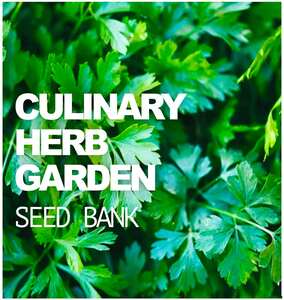How Gardening Can Improve Your Health and Wellbeing
How Gardening Can Improve Your Health and Wellbeing
Blog Article
The Comprehensive Guide to Gardening: Discover the Advantages of Various Styles and Strategies
Gardening encompasses a varied array of designs and strategies, each offering one-of-a-kind advantages tailored to specific preferences and environmental contexts. As we discover these different designs, it ends up being obvious that the selections made can substantially affect both the garden's health and wellness and its payment to the surrounding setting.
Understanding Gardening Basics
Recognizing the essentials of gardening is crucial for cultivating a flourishing and lasting garden. An effective gardening undertaking begins with a strong structure of understanding regarding dirt, plant selection, and environment considerations. Healthy dirt is the keystone of any kind of yard; it offers necessary nutrients, water retention, and a habitat for useful microorganisms - Gardening. Examining soil pH and nutrient degrees can lead amendments to maximize plant growth.
Choosing the right plants is equally essential. Recognizing their particular demands-- such as sunlight, water, and spacing-- makes sure compatibility with the local environment and dirt conditions. This option process must likewise take into consideration the development behaviors and lifecycle of plants, enabling a well balanced and visually pleasing garden.
In addition, reliable sprinkling practices are important. Over-watering and under-watering can both lead to plant stress and anxiety and disease. Executing a schedule based on seasonal changes and plant needs can improve water performance.
Popular Horticulture Styles
What specifies the significance of preferred gardening styles? Among the most renowned styles is the cottage garden, defined by its casual layout and a lively array of blossoms and veggies.
On the other hand, the official yard symbolizes balance and order, typically featuring geometric patterns and thoroughly trimmed bushes. This style communicates style and refinement, with very carefully selected plants that reinforce a structured visual.
The Japanese garden supplies a peaceful and meditative experience, making use of natural environments like water, stones, and plants to produce a tranquil setting. It concentrates on simplicity and balance, motivating contemplation.
Furthermore, xeriscaping has acquired appeal, particularly in deserts (Gardening). It prioritizes drought-resistant plants and reliable water use, promoting sustainability while enhancing landscape beauty
Benefits of Container Horticulture
Container gardening uses a wide range of benefits that make it an appealing choice for both newbie and seasoned garden enthusiasts alike. Among the key benefits is flexibility; containers can be placed in various locations, enabling gardeners to optimize sunshine exposure and create visually enticing plans. This adaptability makes it possible to garden precede where typical in-ground gardening might not be feasible, such as terraces, outdoor patios, or urban atmospheres.
Furthermore, container horticulture supplies far better control over soil conditions. Gardeners can customize the dirt mix to match details plants, ensuring optimal water drainage and nutrient schedule. This is particularly helpful for individuals staying in areas with bad or polluted soil.
An additional considerable benefit is the decreased risk of Home Page pests and diseases. Container plants can be kept an eye on much more quickly, and any kind of concerns can be resolved immediately. Moreover, this approach can reduce the spread of invasive types.
Lasting Horticulture Practices
Lasting horticulture practices are vital for promoting ecological health and boosting biodiversity in our environments. These techniques prioritize environmental balance, resource preservation, and the usage of organic techniques to reduce negative ecological effects. By employing strategies such as composting, gardeners can decrease waste while enriching dirt health, thus promoting a growing garden environment.
Water preservation is one more vital element of sustainable horticulture. Strategies such as rainwater harvesting, drip irrigation, and the use of drought-resistant plants can substantially decrease water usage while ensuring that plants receive adequate dampness. Incorporating native plant types right into yard styles sustains regional wild animals and reduces the requirement for chemical plant foods and chemicals, which can be hazardous to the environment.

Inevitably, lasting gardening techniques not just add to healthier gardens however likewise promote a more resilient environment, using lasting benefits to both the garden enthusiast and the you could try these out bordering community.
Tips for Successful Horticulture
To grow a successful garden, gardeners must prioritize cautious preparation and thoughtful execution of their horticulture strategies. Begin by assessing the regional climate and soil conditions, as these factors dramatically affect plant choice and development. Pick plants that are well-suited to your environment, considering native varieties that will prosper here with marginal treatment.
Carrying out a well-structured format is crucial (Gardening). Make use of companion growing methods to promote biodiversity and natural bug control, while guaranteeing each plant has sufficient area for development. This not just improves looks but also enhances overall plant health and wellness
Regular upkeep is key to a successful yard. Develop a consistent schedule for watering, weeding, and feeding. Mulching can assist maintain wetness and reduce weeds, while also including raw material to the soil.
Consistently checking plant health and wellness and development will enable for prompt interventions. Be open to learning and adapting; horticulture is a continuous procedure that profits from experience and testing.
Conclusion


In recap, the exploration of diverse gardening designs and techniques exposes their multifaceted advantages, contributing to both visual charm and ecological health and wellness. Container horticulture uses versatility and availability, while lasting methods improve environmental stewardship.
Report this page